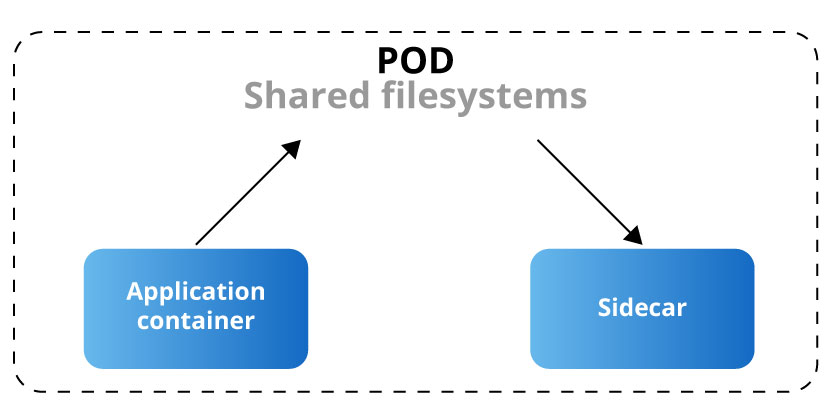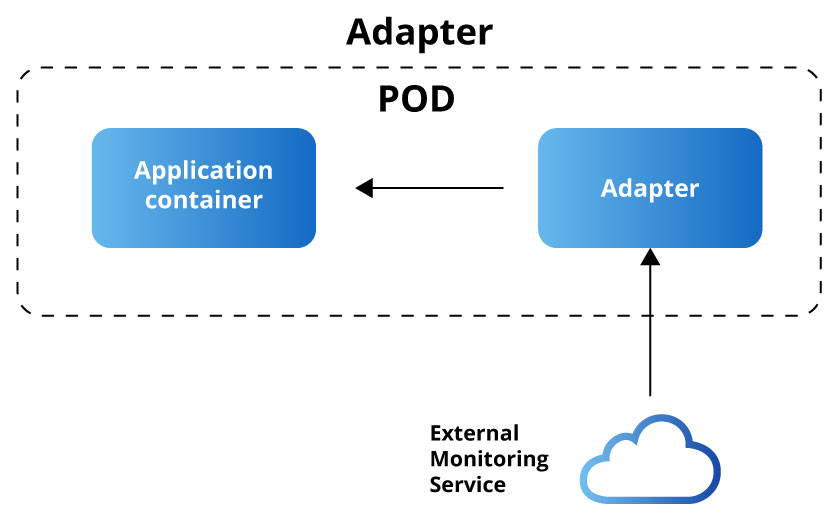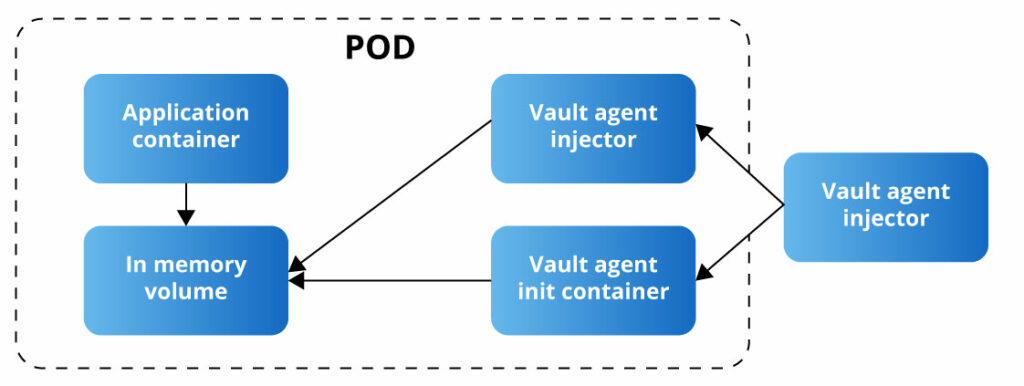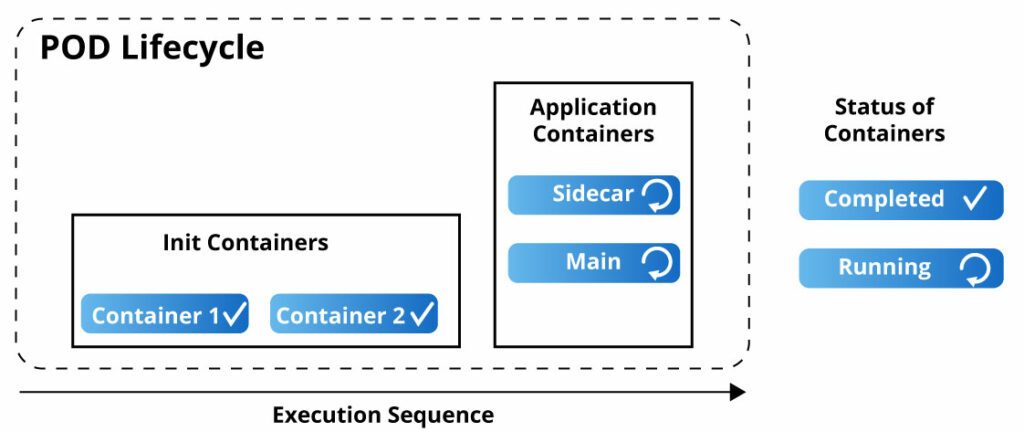Kubernetes container design patterns

Kubernetes is a robust container orchestration tool, but deploying and managing containerised applications can be complex. Fortunately, Kubernetes container design patterns can help simplify the process by segregating concerns, enhancing scalability and resilience, and streamlining management. In this blog post, we will delve into five popular Kubernetes container design patterns, showcasing real-world examples of how they can be employed to create powerful and effective containerised applications. Additionally, we’ll provide valuable insights and tool recommendations to help you implement these patterns with ease.
Sidecar Pattern:

The first design pattern we’ll discuss is the sidecar pattern. The sidecar pattern involves deploying a secondary container alongside the primary application container to provide additional functionality. For example, you can deploy a logging sidecar container to collect and store logs generated by the application container. This improves the scalability and resiliency of your application and simplifies its management. Similarly, you can deploy a monitoring sidecar container to collect metrics and monitor the health of the application container.
The sidecar pattern is a popular design pattern for Kubernetes, with many open-source tools available to simplify implementation. For example, Istio is a popular service mesh that provides sidecar proxies to handle traffic routing, load balancing, and other networking concerns.
Ambassador Pattern:

The ambassador pattern is another popular Kubernetes container design pattern. This pattern involves using a proxy container to decouple the application container from its external dependencies. For example, you can use an API gateway as an ambassador container to handle authentication, rate limiting, and other API-related concerns. This simplifies the management of your application and improves its scalability and reliability. Similarly, you can use a caching sidecar container to cache responses from external APIs and reduce latency and improve performance. This ensures that the application is properly configured and ready to run when the primary container runs.
The ambassador pattern is commonly used for API management in Kubernetes. Tools like Nginx,Kong and Traefik provide API gateways that can be deployed as ambassador containers to handle authentication, rate limiting, and other API-related concerns.
Adapter Pattern:

The adapter pattern is another powerful Kubernetes container design pattern. This pattern involves using a container to modify an existing application to make it compatible with Kubernetes. For example, you can use an adapter container to add health checks, liveness probes, or readiness checks to an application that was not originally designed to run in a containerised environment. This can help ensure the availability and reliability of your application when running in Kubernetes. Similarly, you can use an adapter container to modify an application to work with Kubernetes secrets, environment variables, or other Kubernetes-specific features.
The adapter pattern is often used to migrate legacy applications to Kubernetes. Tools like Kubernetes inlets and kompose provide an easy way to convert Docker Compose files to Kubernetes YAML and make the migration process smoother
Sidecar injector Pattern:

The sidecar injector pattern is another useful Kubernetes container design pattern. This pattern involves dynamically injecting a sidecar container into a primary application container at runtime. For example, you can inject a container that performs security checks and monitoring functions into an existing application container. This can help improve the security and reliability of your application without having to modify the application container’s code or configuration. Similarly, you can inject a sidecar container that provides additional functionality such as authentication, rate limiting, or caching.
The Sidecar Injector pattern is a dynamic method of injecting sidecar containers into Kubernetes applications during runtime. By utilizing the Kubernetes admission controller webhook, the injection process can be automated to guarantee that the sidecar container is always present when the primary container initiates. An excellent instance of the Sidecar Injector pattern is the HashiCorp Vault Injector, which enables the injection of secrets into pods.
Init container pattern:

Finally, the init container pattern is a valuable Kubernetes container design pattern. This pattern involves using a separate container to perform initialization tasks before the primary application container starts. For example, you can use an init container to perform database migrations, configuration file generation, or application setup. This ensures that the application is properly configured and ready to run when the primary container.
In conclusion, Kubernetes container design patterns are essential for building robust and efficient containerised applications. By using these patterns, you can simplify the deployment, management, and scaling of your applications. The patterns we discussed in this blog are just a few examples of the many design patterns available for Kubernetes, and they can help you build powerful and reliable containerised applications that meet the demands of modern cloud computing. Whether you’re a seasoned Kubernetes user or just starting out, these container design patterns are sure to help you streamline your containerised applications and take your development to the next level.
